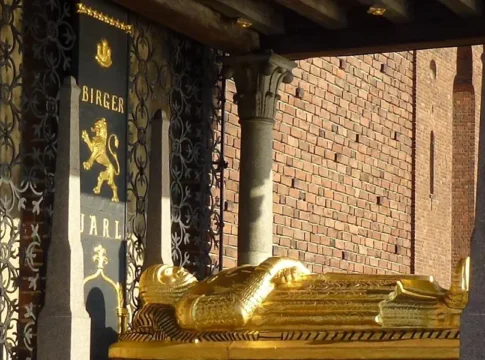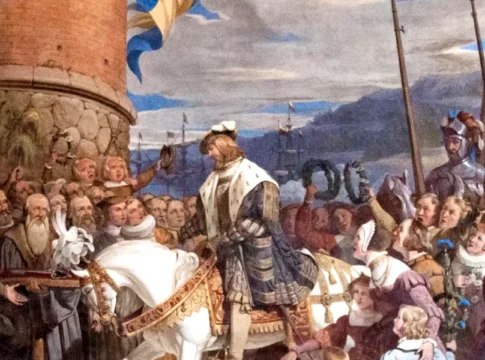 Photo: Susanlenox from España (PDM-owner)
Photo: Susanlenox from España (PDM-owner)
Gustav III, often called Sweden’s “theatre king,” blended Enlightenment ideals with royal absolutism—leaving behind dazzling cultural institutions and a dramatic, tragic death.
Born into an age of ideas and intrigue, Gustav’s early years already reflected the contrasts that would define his reign.
A prince of Enlightenment
Gustav III was born in 1746 at Drottningholm Palace, the son of King Adolf Frederick and Queen Lovisa Ulrika. Raised in an environment steeped in Enlightenment thought, Gustav showed early signs of intelligence and a flair for the arts. He received a comprehensive education and was well-traveled before taking the throne.
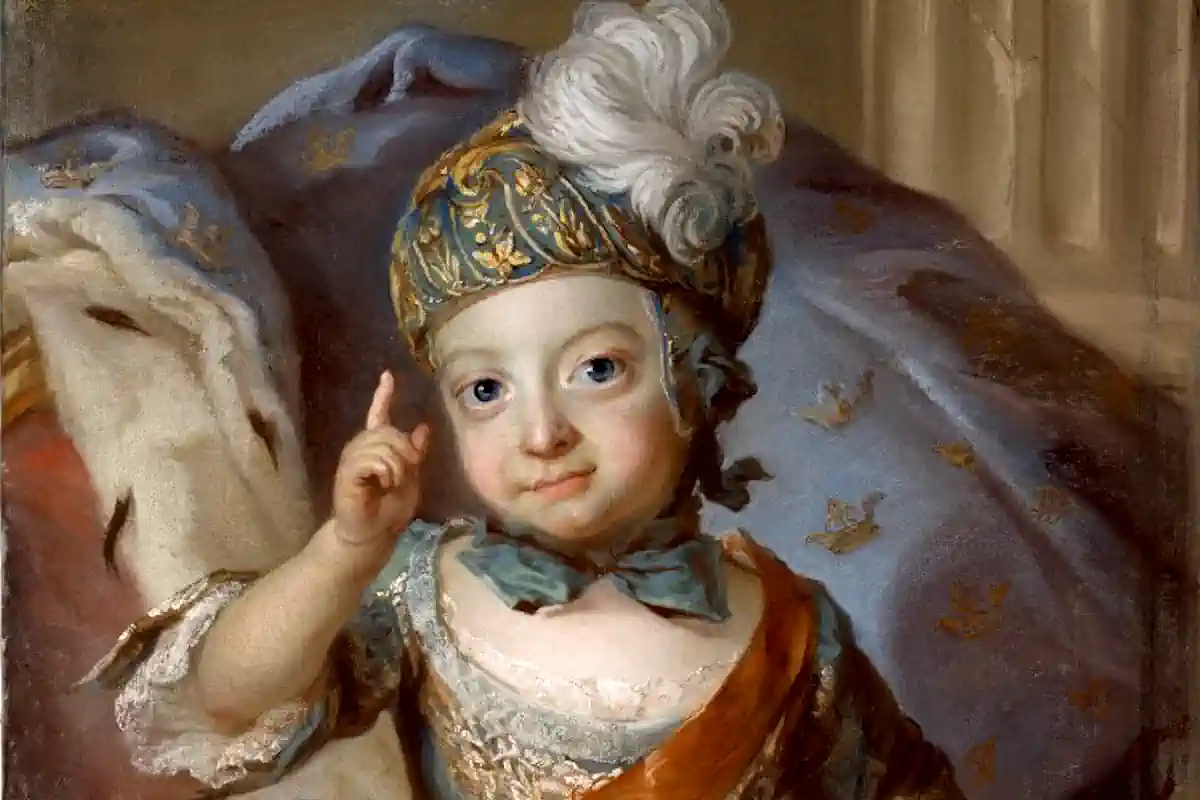
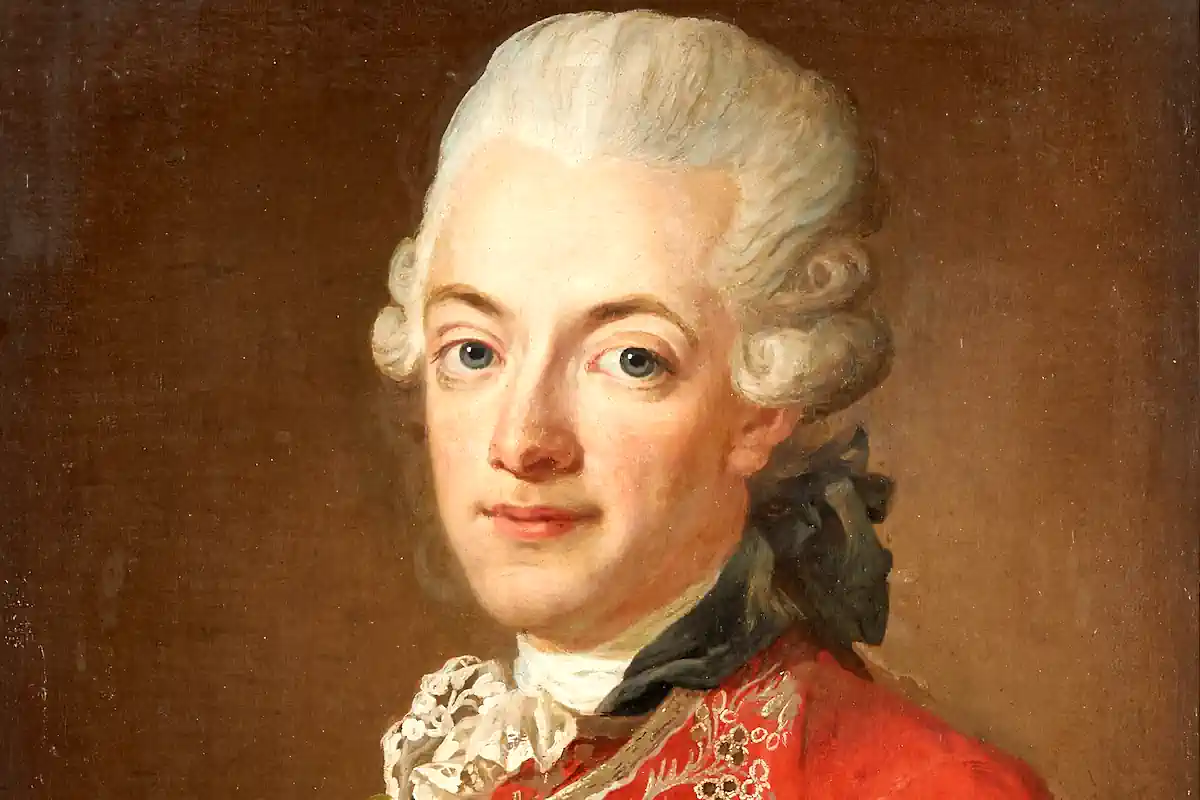
Crowning the Theatre King
Gustav ascended the throne in 1771 but was not crowned until 1772. His coronation took place in the Storkyrkan in Stockholm and was orchestrated as a grand spectacle, echoing the ceremonial grandeur of previous centuries.
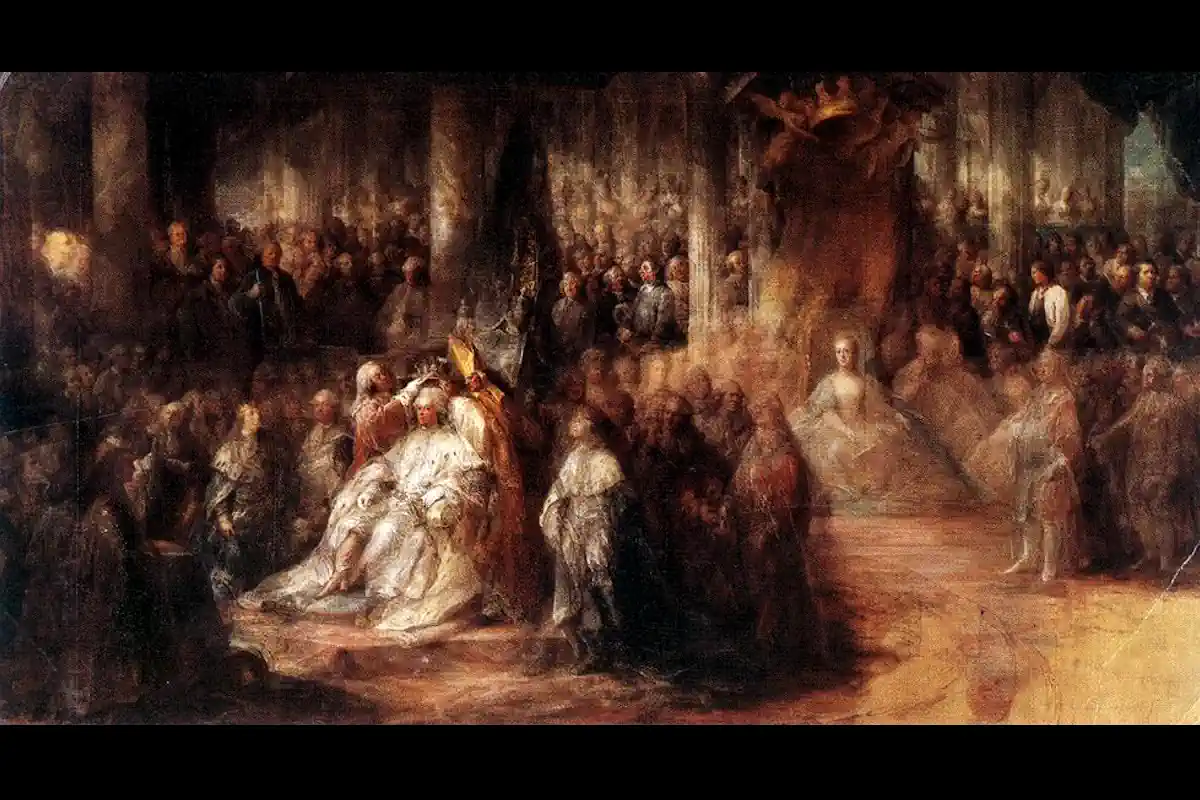
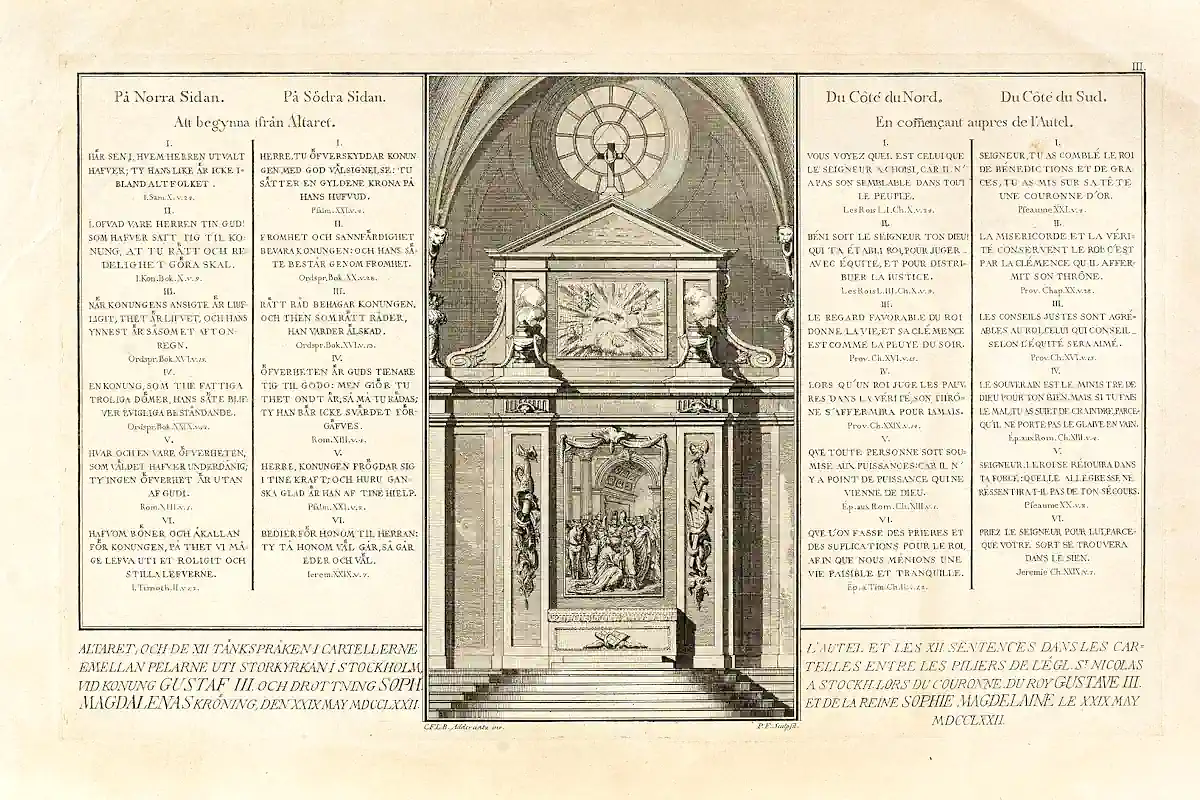
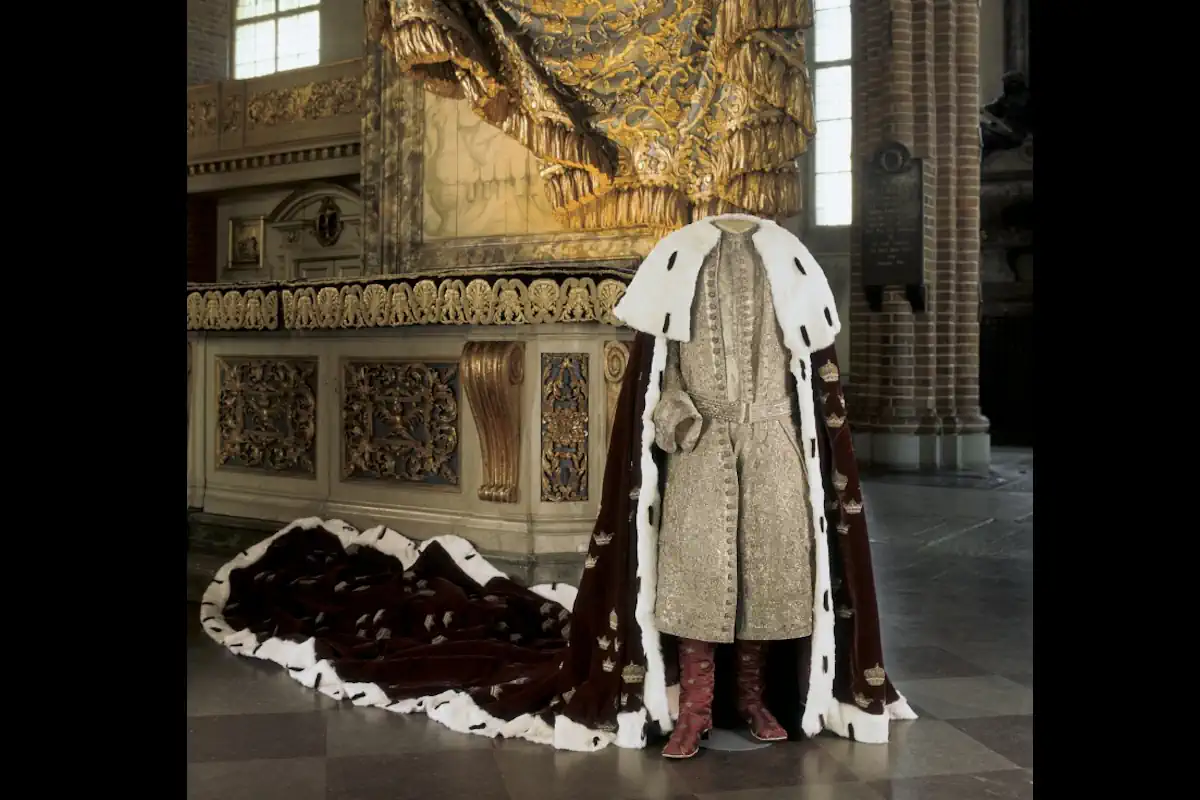
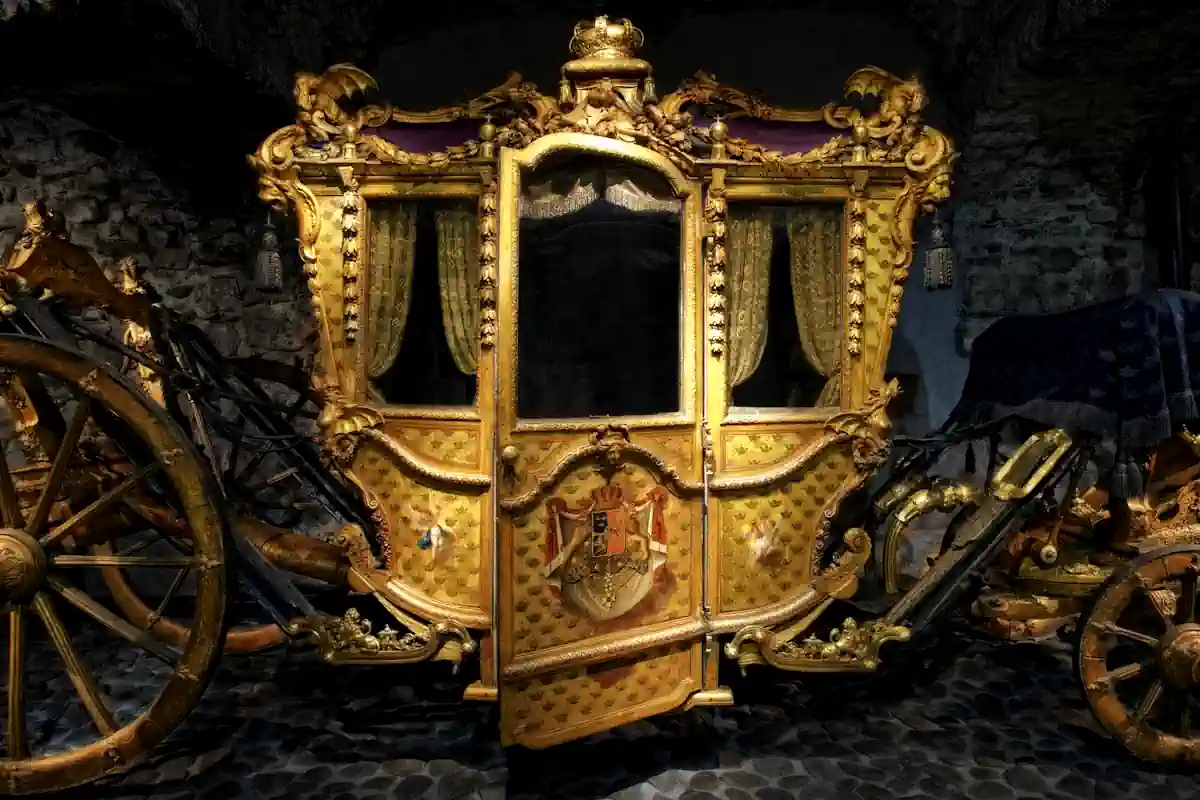
The 1772 Coup: A bloodless revolution
In a bold political maneuver, Gustav staged a coup d’état on August 19, 1772, restoring monarchical power and ending Sweden’s Age of Liberty—a period marked by parliamentary dominance and noble factionalism. Disguised in a simple officer’s uniform, Gustav led loyal troops to seize key government buildings in Stockholm and arrested opposition leaders. The revolution, remarkably bloodless, was met with popular support. Within days, he introduced a new constitution that strengthened the monarchy while preserving certain civil liberties—ushering in an era he described as “enlightened absolutism.”
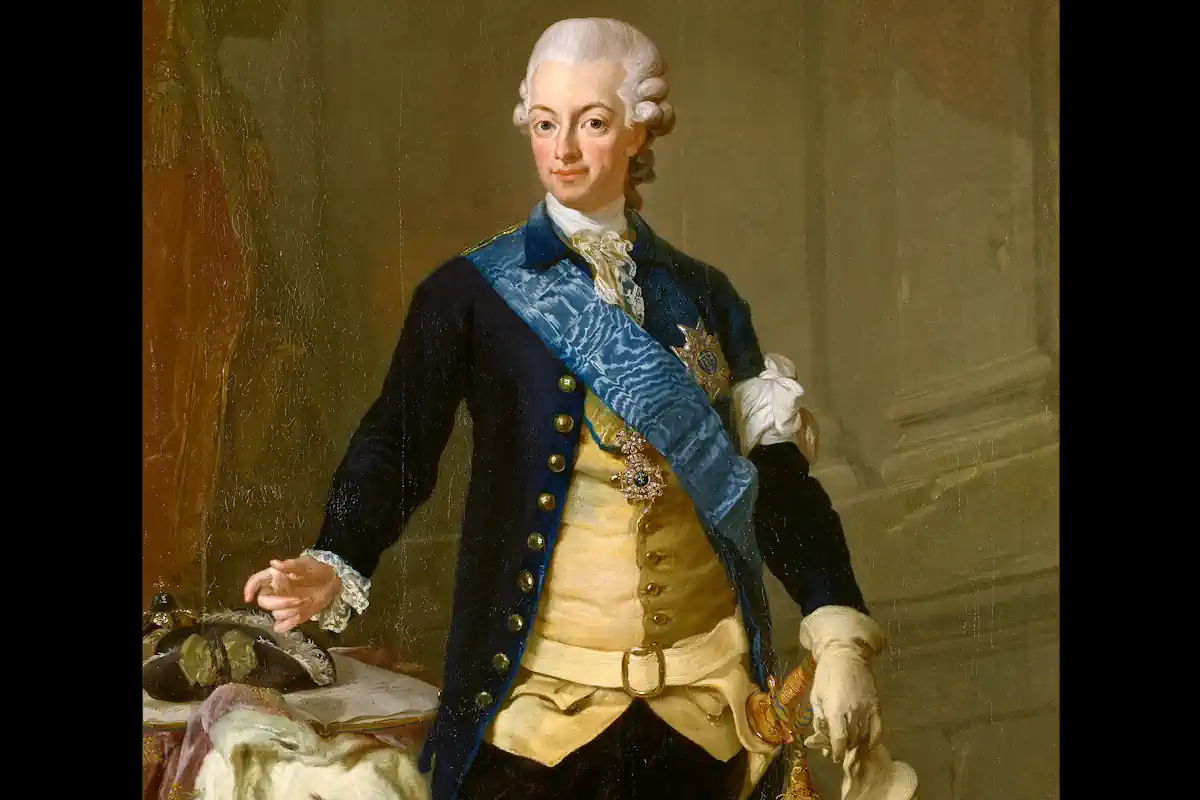

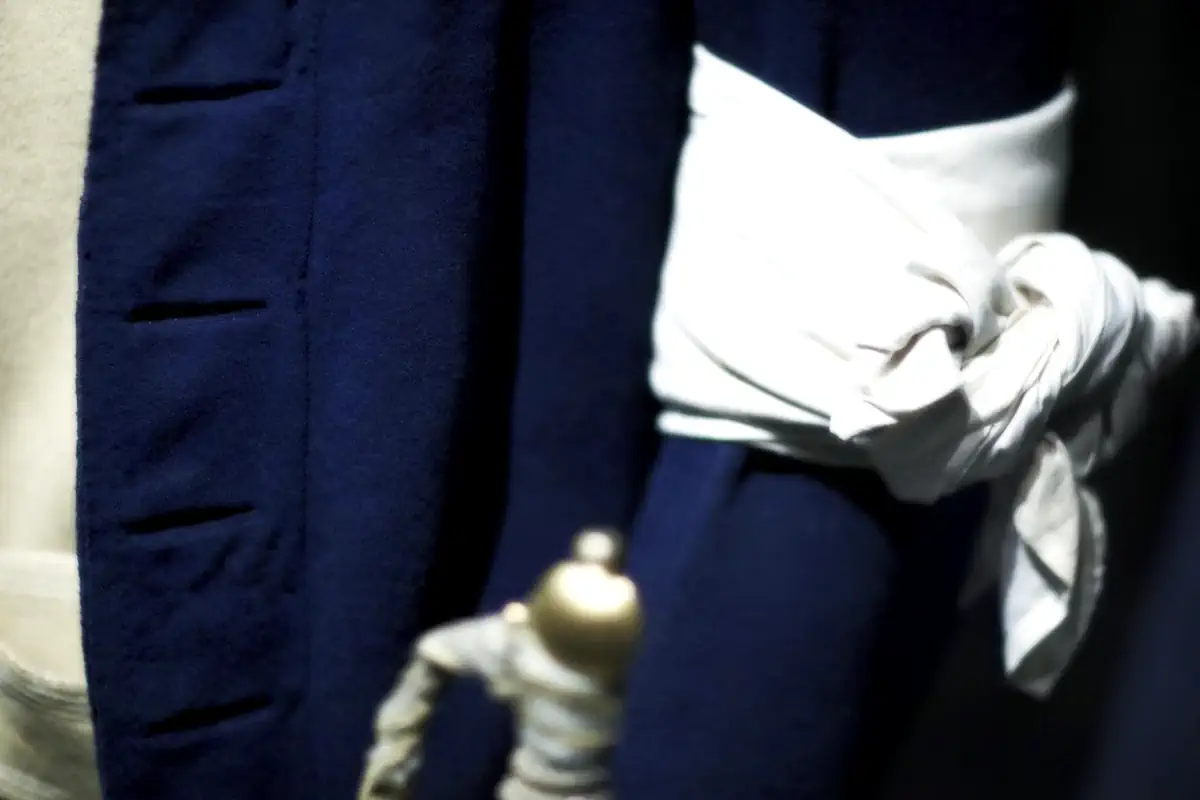
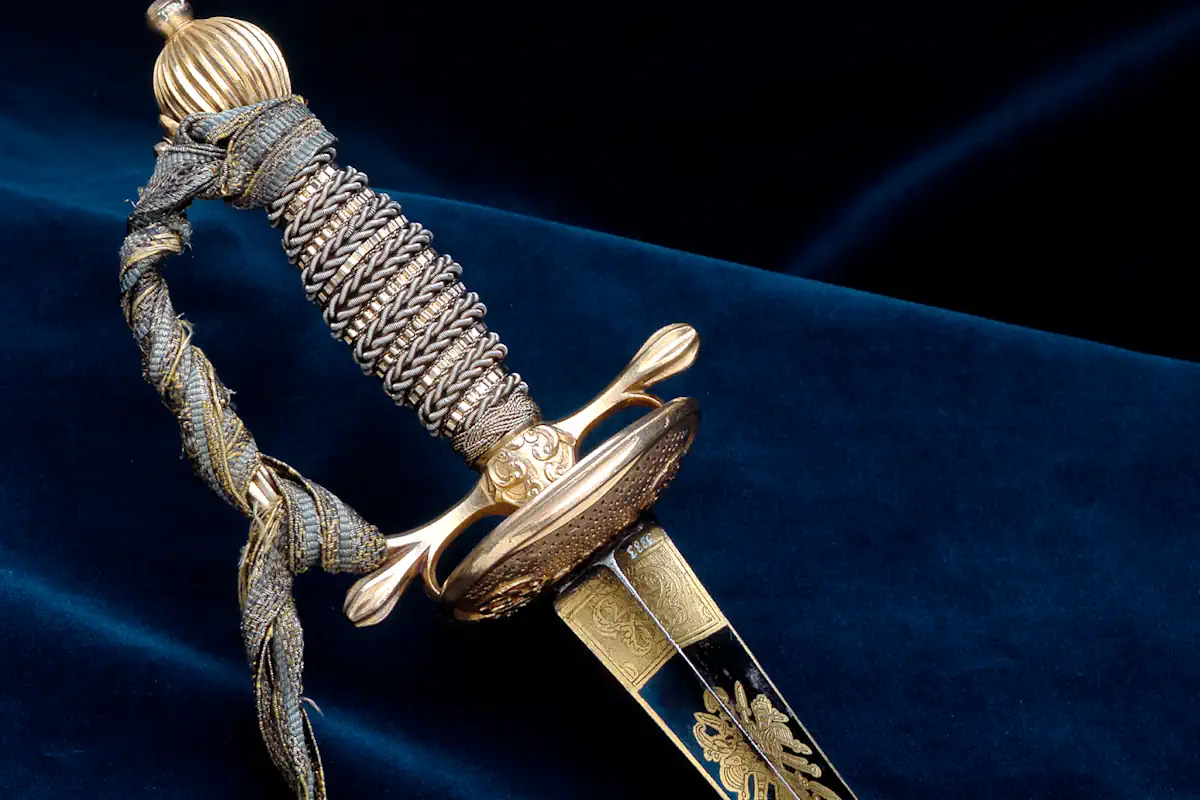
War and glory: The fight for Finland
Driven by ambition and a belief in Sweden’s historical role as a European power, Gustav launched war against Russia in 1788. At the time, Finland was an integral part of the Swedish kingdom, making the eastern front both strategically and symbolically vital.
Although the war was controversial and faced resistance at home—including a near-mutiny among officers—Gustav’s leadership ultimately led to notable victories. The most celebrated was the Battle of Svensksund in 1790, a decisive naval triumph and one of the greatest in Swedish maritime history.
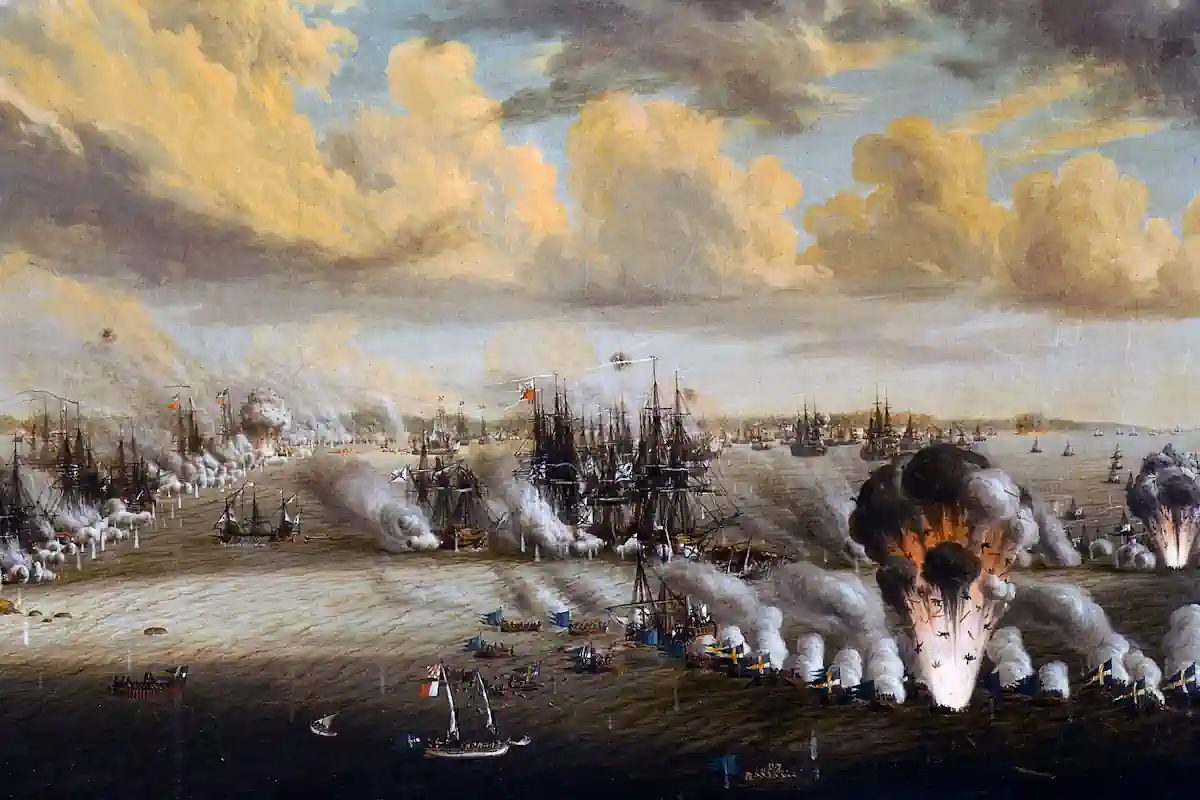
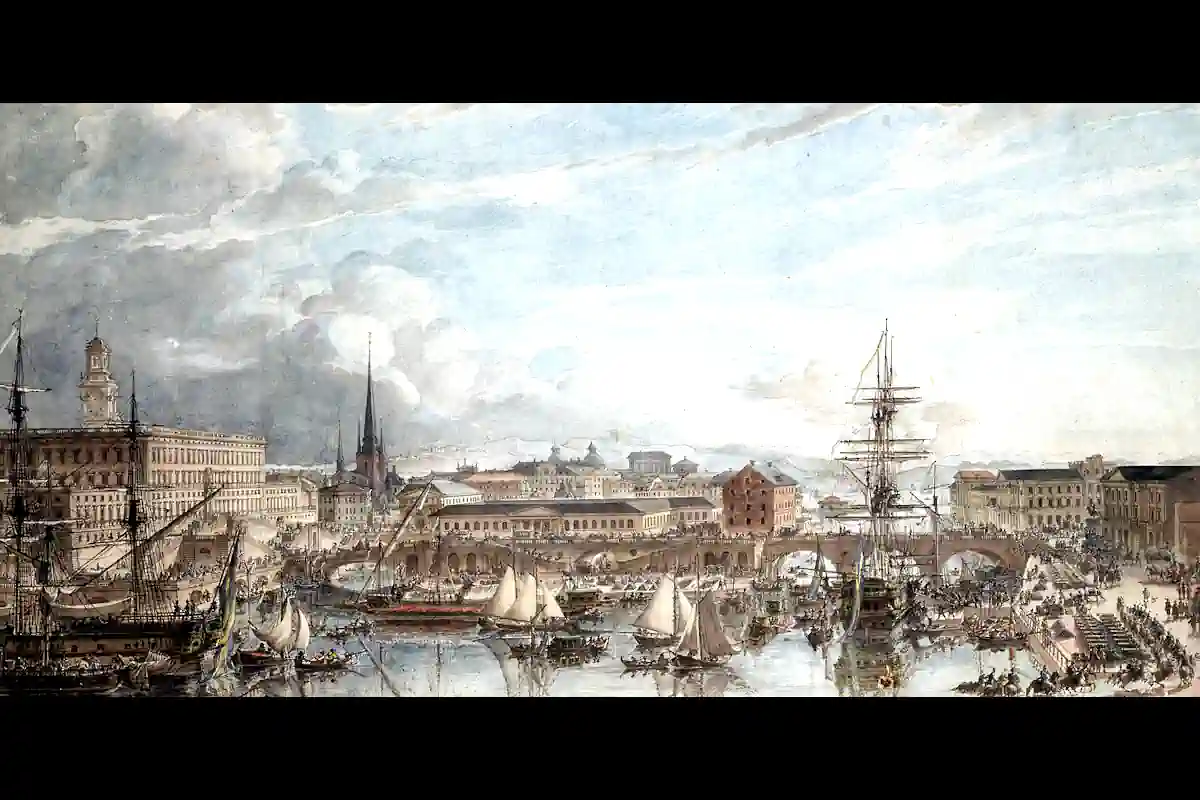
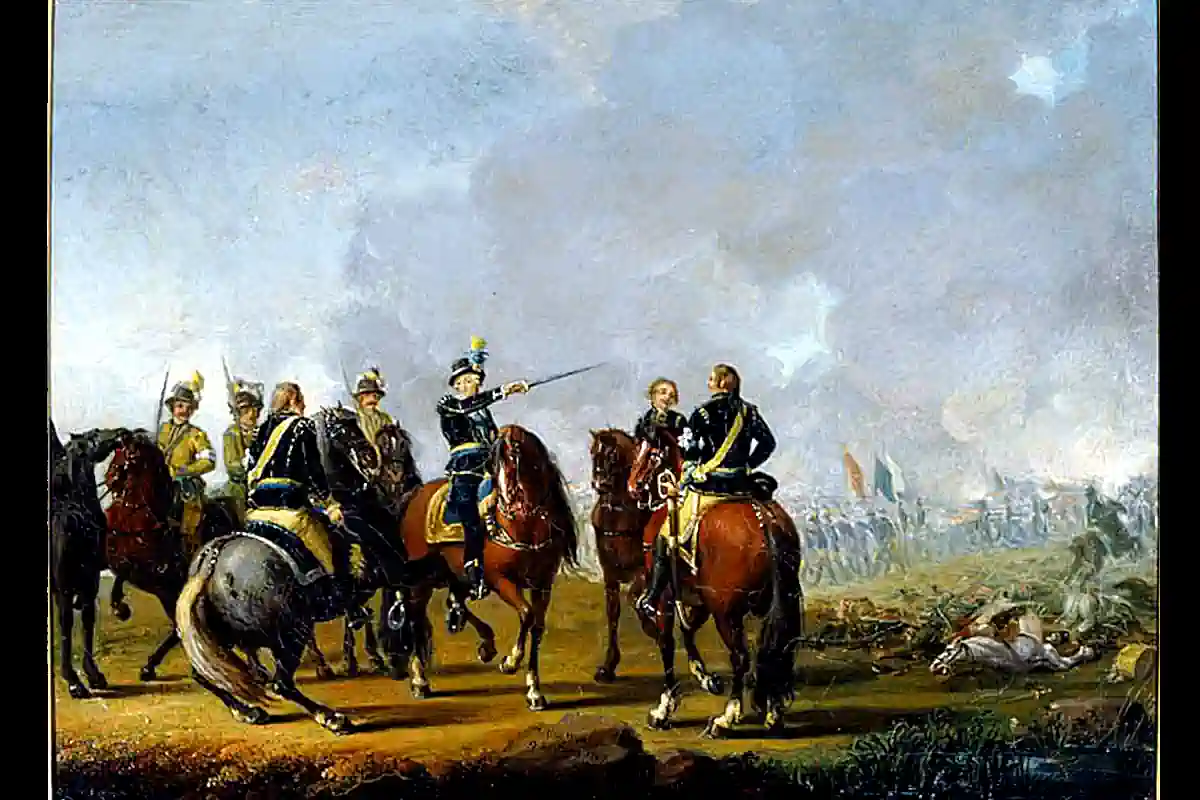
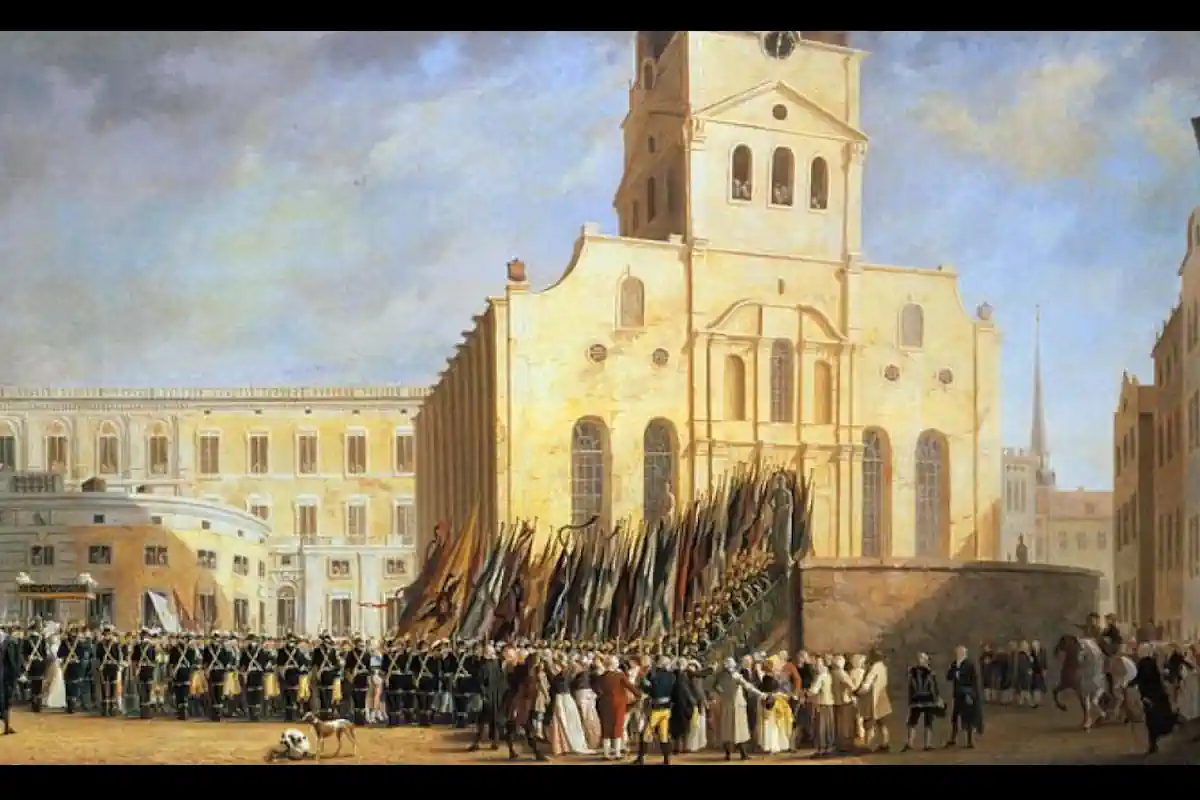
Murder at the Masquerade
Gustav III’s reign ended in tragedy. On March 16, 1792, he was shot at a masquerade ball in the Royal Opera House. The assassin, Jacob Johan Anckarström, was part of a broader conspiracy among discontented nobles. Gustav died 13 days later, a martyr of absolutism.
Anckarström was swiftly arrested, confessed to the crime, and was sentenced to death. Public punishment included three days of flogging before his execution. He was then beheaded—a dramatic end that mirrored the gravity of his act against the monarchy.
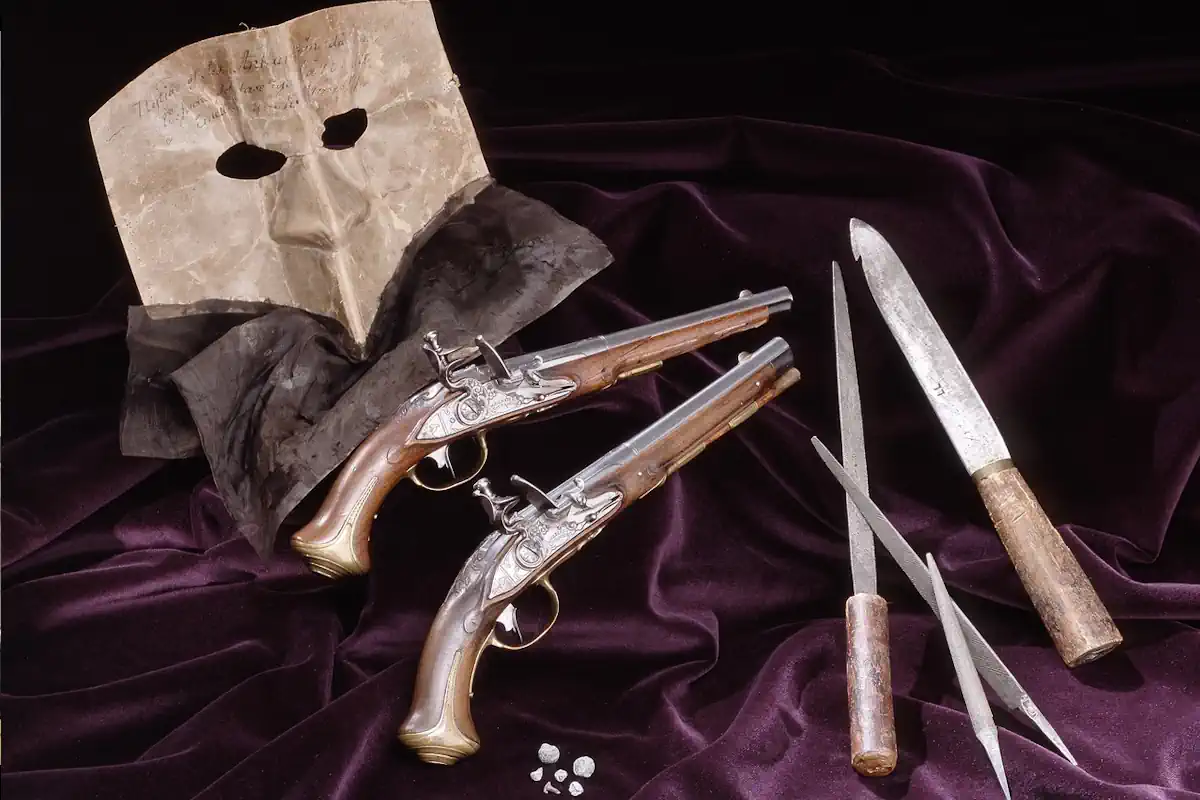

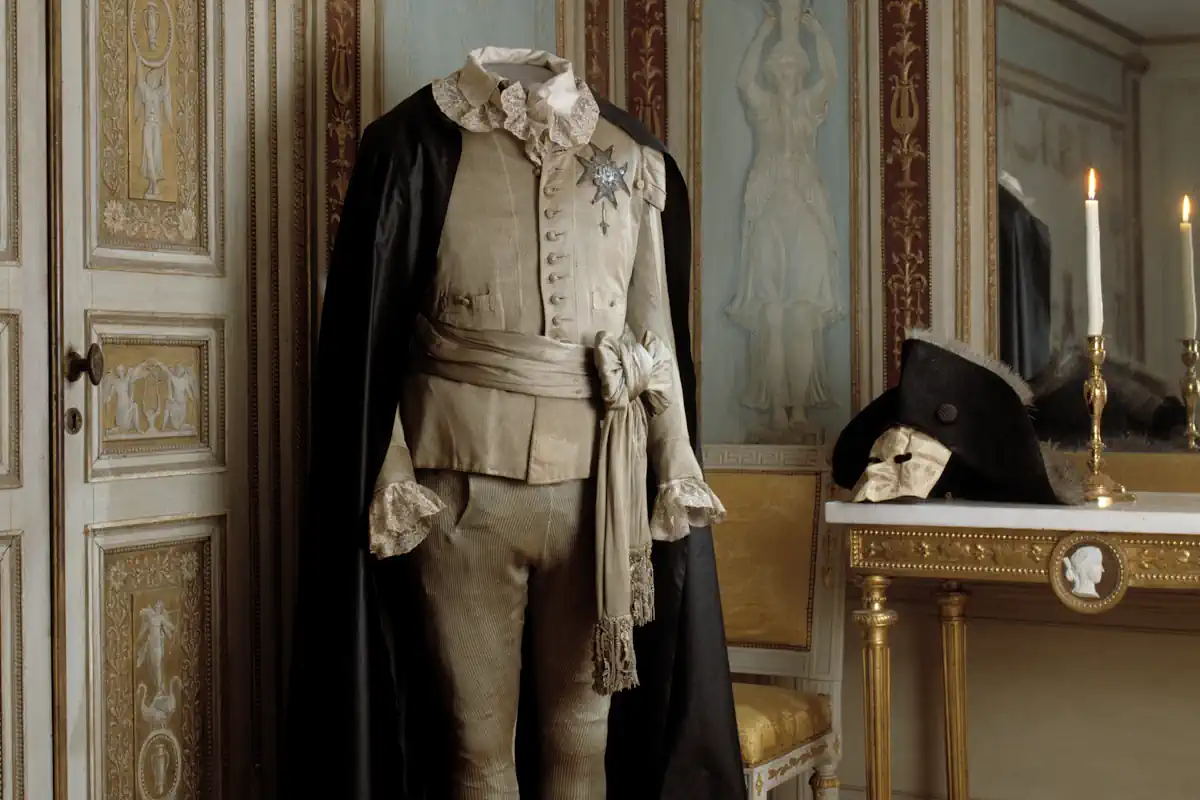
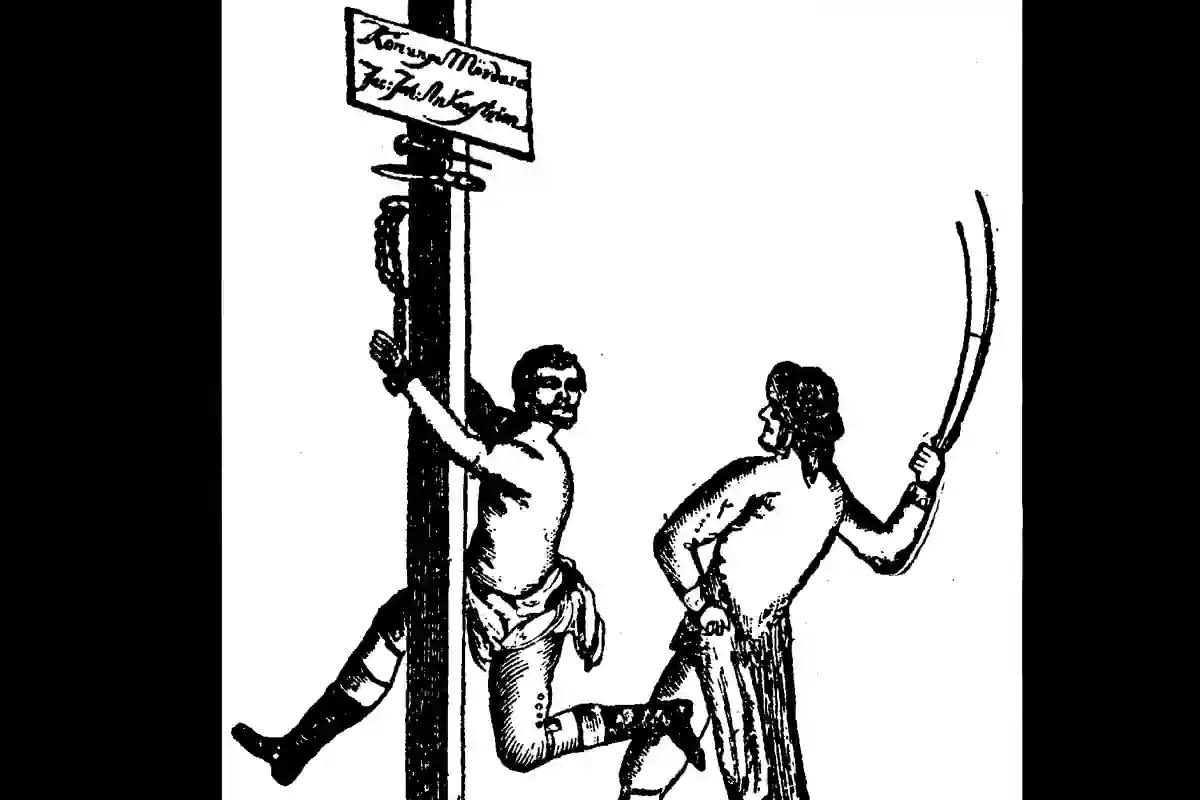
A legacy of power and patronage
Gustav III remains one of Sweden’s most enigmatic monarchs—both adored and controversial. Beyond politics, he left a lasting cultural legacy. A tireless patron of the arts, he founded the Swedish Academy in 1786, modeled after the Académie française, and was instrumental in establishing institutions such as the Royal Swedish Opera and the Royal Swedish Academy of Music. His court became a vibrant center of Enlightenment culture, attracting playwrights, architects, and intellectuals.
Though his autocratic tendencies drew criticism and ultimately cost him his life, Gustav’s reign marked a golden age for Swedish cultural life. His imprint on the nation’s identity, blending grandeur, intellect, and theatrical flair, endures to this day.
Gustav III’s life played out like the dramas he adored—full of spectacle, ambition, and intrigue. Even in death, Sweden’s “theatre king” left the stage with a final act as unforgettable as the cultural legacy he built.
Visit Info
![]() Gustav III
Gustav III
![]() Gustav III
Gustav III


